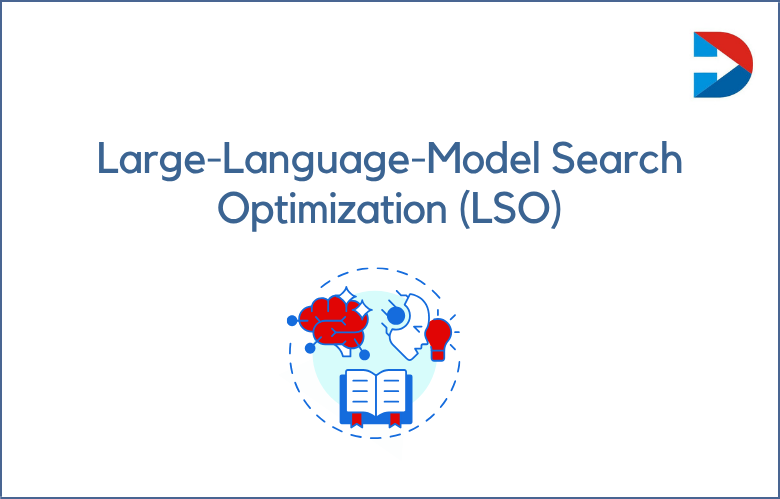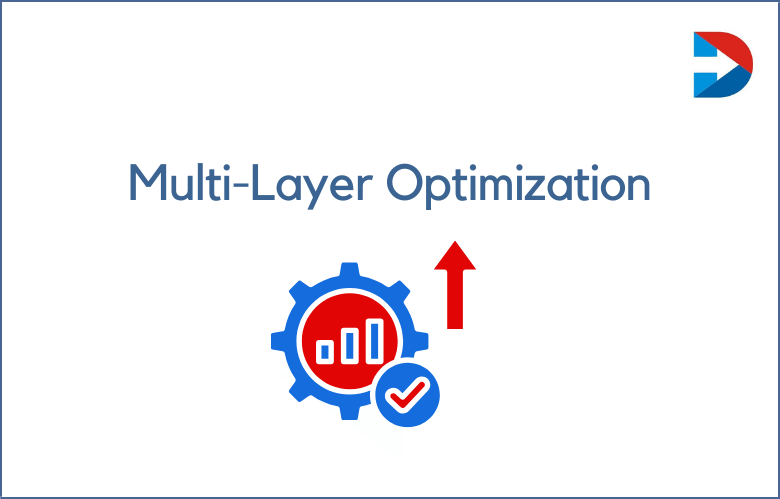
As a B2B SaaS business, you already know that creating great content is critical to your marketing strategy. But have you ever thought about how your content can feed back into your overall marketing efforts? That’s where the B2B SaaS Content Marketing Flywheel comes in.
We’ll explore the B2B SaaS Content Marketing Flywheel, why it’s essential for your business, and how you can implement it to achieve long-term success. Whether you’re just starting or looking to optimize your current marketing strategy, the B2B SaaS Content Marketing Flywheel is an essential tool to help you attract, engage, and retain customers.
What is the B2B SaaS Content Marketing Flywheel?
The B2B SaaS Content Marketing Flywheel is a circular model that outlines how your content marketing efforts can drive customer engagement and loyalty, leading to sales and revenue growth.
At the center of the flywheel is your content, which serves as the engine that drives the entire process. Your content attracts visitors to your website, engages them with valuable information, and ultimately converts them into customers.
Once you’ve acquired a customer, the flywheel doesn’t stop. Instead, you continue to engage and delight them with additional content that helps them get the most out of your product or service.
This builds their loyalty and encourages them to advocate for your brand, bringing more visitors and customers into the flywheel.
How Does the B2B SaaS Content Marketing Flywheel work
At the core of the B2B SaaS content marketing flywheel is the idea that customer satisfaction is critical to business growth. The model consists of three main stages: Attract, Engage, and Delight.
Attract stage involves creating content that will attract people to your website, such as webinars and social media posts. Engage stage involves nurturing potential customers with more specific content, such as case studies and product demos.
The delight stage focuses on satisfying existing customers by providing them with informative resources, such as whitepapers and how-to guides, which help turn them into loyal brand advocates.
Why is the B2B SaaS Content Marketing Flywheel essential for your business?
The B2B SaaS Content Marketing Flywheel provides a framework for building a long-term marketing strategy that delivers sustained growth.
Creating valuable content that attracts, engages, and retains customers can build a loyal customer base that generates revenue over time. Unlike short-term marketing tactics that may deliver quick wins but lack staying power, the flywheel approach is designed to create lasting value for your business.
How can you Implement the B2B SaaS Content Marketing Flywheel?
To implement the B2B SaaS Content Marketing Flywheel, create a content marketing strategy that aligns with your business goals. Your content should provide value to your target audience, whether answering their questions, helping them solve problems, or entertaining them.
Next, optimize your website to make it easy for visitors to find and engage with your content.
This may involve updating your navigation, creating landing pages for specific topics, or incorporating interactive elements like quizzes or calculators.
Once you’ve attracted visitors to your site, focus on converting them into leads by offering them gated content like ebooks or whitepapers in exchange for their contact information.
This allows you to continue engaging with them through email marketing and other channels, providing additional value and encouraging them to become customers.
Focus on retaining and delighting your customers with ongoing content that helps them get the most out of your product or service. This may include tutorials, case studies, or webinars that show them how to use your offering more effectively.
How can you Measure the Success of your B2B SaaS Content Marketing Flywheel?
To measure the success of your B2B SaaS Content Marketing Flywheel, focus on metrics that track engagement at each stage of the flywheel.
These may include website traffic, time on site, conversion rates, email open rates, customer retention rates, and net promoter score (NPS).
By tracking these metrics over time, you can identify areas of the flywheel that may need improvement and optimize your content marketing strategy accordingly.
Understanding the B2B SaaS Content Marketing Flywheel
Gone are the days when companies relied solely on cold-calling and door-to-door sales to reach their audience.
Nowadays, B2B SaaS companies invest heavily in content marketing to attract, engage, and retain customers.
And when it comes to content marketing, the B2B SaaS content marketing flywheel is a powerful model proven to produce great results. We will dive into the B2B SaaS content marketing flywheel, how it works, and why it’s a game-changer.
But how do you create a content marketing strategy that helps you generate more leads, close more deals, and retain customers over the long term?
The answer lies in the B2B SaaS Content Marketing Flywheel, a framework that can help you create a continuous cycle of growth and success.
We’ll take a closer look at the B2B SaaS Content Marketing Flywheel, what it is, and how you can use it to create a successful marketing strategy for your business.
Develop a content strategy –
Before creating content, establish a well-thought-out content strategy. A strategy should entail understanding your target audience, listing topics your audience is interested in, and defining your content pillars.
Content pillars are high-level topics that you want your content to revolve around. Once this is done, it becomes easier to execute your content plans, concentrate on production, and save time.
Create valuable content –
The content should be educational, informative, and relevant to your target audience’s pain points. Aiming to create content that solves problems or answers the questions of your ideal buyer personas is a sure way to engender trust. Great content will always be shared, generating more leads and customers.
Promote the content –
Promoting the content means getting it in front of your ideal target audience. The content can be promoted through social media, email marketing, and paid advertising.
It is essential to leverage content distribution channels with the highest potential to reach your target audience to achieve maximum benefits.
Capture leads –
After drawing the target audience’s attention, the next step is to collect leads through opt-in forms through channels such as landing pages and webinars.
Use lead magnets to gain users’ contact information, such as names and emails. It is essential to collect as much information as possible without being too intrusive and offering them something valuable in return.
Analyze and Refine –
The final step is to determine how well your content is performing. Use download rates, conversion rates, and user engagement to conclude whether your content strategy is successful.
Refine your content based on your findings, so you can do more of what works and less of what doesn’t.
Conclusion:
The B2B SaaS Content Marketing Flywheel provides a framework for building a sustainable marketing strategy that delivers long-term growth for your business.
Creating valuable content that attracts, engages, and retains customers can build a loyal customer base that generates revenue over time.
Whether you’re just starting or looking to optimize your current strategy, implementing the B2B SaaS Content Marketing Flywheel is essential to achieving sustainable success in today’s competitive marketplace.



